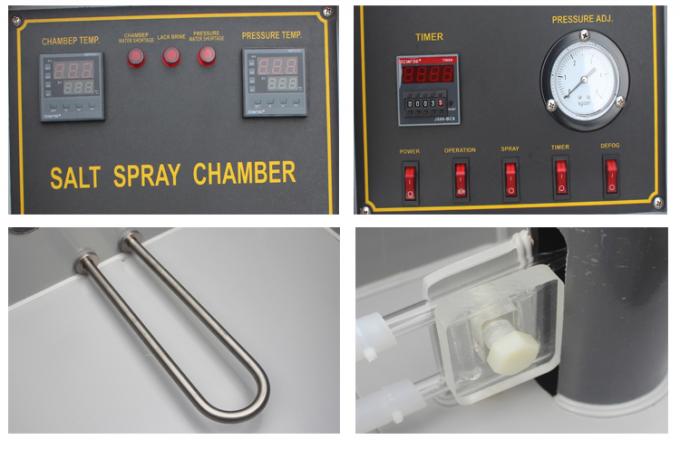- Qinsun Instruments Co., Ltd.
- Tell:+86-21-6780 0179
- Phone:+86-17740808215
- Address:No. 2578 Minhang District Gu Dai Road, Shanghai
- Contact:Mr. Li
- QQ:846490659
Key points for selecting distribution transformers

Distribution transformers are one of the important equipment in the power supply and distribution systems of industrial and mining enterprises and civil buildings. They reduce the network voltage of 10 (6) kV or 35kV to the 230/400V bus voltage used by users. This type of product is suitable for AC 50 (60) Hz, three-phase rated capacity 2500kVA (single-phase rated capacity 833kVA, generally not recommended to use single-phase transformers), can be used indoors (outdoors), and can be installed on poles with a capacity of 315kVA and below. The ambient temperature is not higher than 40 ℃, not lower than -25 ℃, the daily average temperature is 30 ℃, the annual average temperature is 20 ℃, the relative humidity is not more than 90% (ambient temperature is 25 ℃), and the altitude does not exceed 1000m. If it does not meet the above usage conditions, appropriate quota adjustments should be made in accordance with the relevant provisions of GB6450-86.
Selection points:
1. Load nature
1) When there is a large amount of primary or secondary load, it is advisable to install two or more transformers. When either transformer is disconnected, the capacity of the remaining transformers can meet the electricity consumption of primary and secondary loads. 1、 Secondary loads should be concentrated as much as possible and not too dispersed.
2) When the seasonal load capacity is large, it is advisable to install a dedicated transformer. Such as the load of air conditioning and refrigeration units in large civil buildings, and the load of heating and electric heating.
3) When the concentrated load is large, it is advisable to install a dedicated transformer. Such as large heating equipment, large X-ray machines, electric arc furnaces, etc.
4) When the lighting load is large or the use of shared transformers for power and lighting seriously affects the lighting quality and bulb life, a dedicated lighting transformer can be installed. In general, power and lighting share a transformer.
2. Usage environment
Under normal medium conditions, oil immersed transformers or dry-type transformers can be selected, such as independent or attached substations for industrial and mining enterprises, agriculture, and residential independent substations. There are various transformers available for selection.
3. Temperature environment
① Maintain long-term stability at temperature
② Capable of withstanding short-term operation at temperature
③ Maintain stable performance over a wide range of temperature and humidity
④ At temperature, it does not melt, flow, or aid combustion
⑤ At temperature, it will not release toxic or corrosive gases
4. Electricity load
1) The capacity of distribution transformers should be calculated based on the facility capacity of various electrical equipment, and the calculated load (generally excluding fire load) should be calculated. The compensated apparent capacity is the basis for selecting the capacity and number of transformers. The load rate of a typical transformer is around 85%. This method is relatively simple and can be used for estimating capacity.
2) In GB/T17468-1998 "Guidelines for the Selection of Power Transformers", it is recommended to determine the capacity of distribution transformers based on GB/T15164-94 "Load Guidelines for Oil Immersed Power Transformers" or GB/T17211-1998 "Load Guidelines for Dry Power Transformers" and calculated loads. The above two guidelines provide computer programs and normal cycle load diagrams to determine the capacity of distribution transformers.





